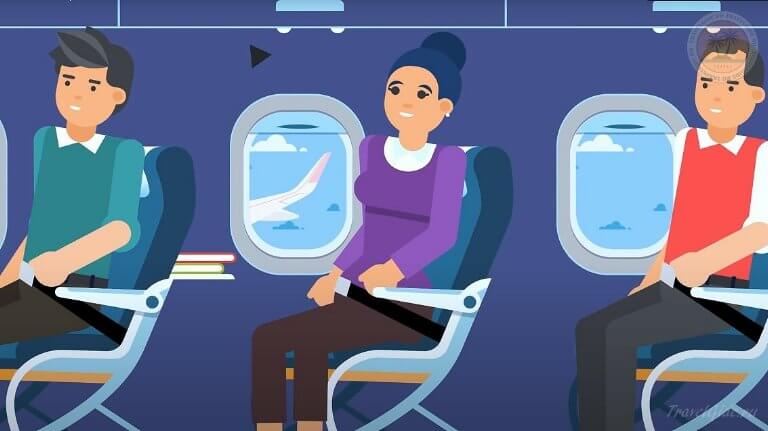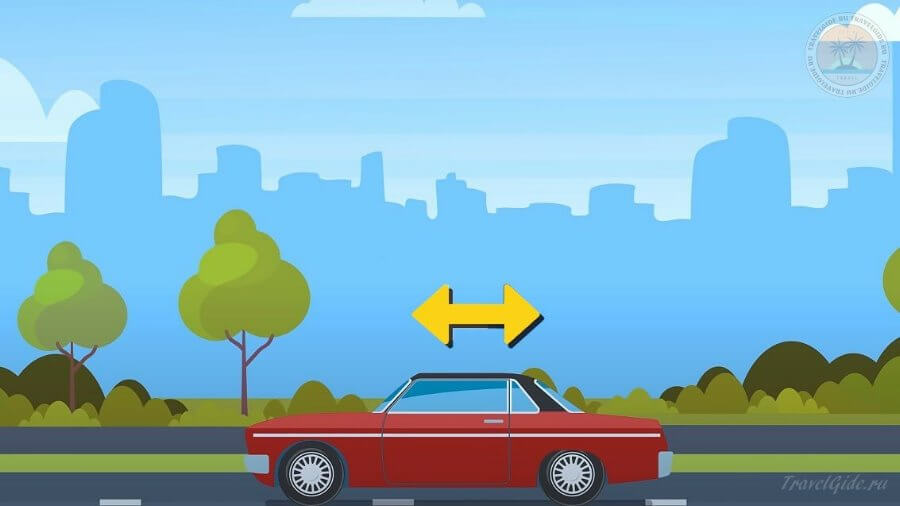
Why is the seat belt fastened on the waist in an airplane, but over the shoulder in a car?
HProbably everyone understands that any detail of the aircraft design is made this way and not otherwise, for certain reasons. And although these reasons do not always lie on the surface, we can be sure that everything is thought out to the smallest detail.
One of the reasonable questions that arise among passengers of airliners is the method of attaching a seat belt in an airplane, which is fundamentally different from the usual fastening in a car.
Undoubtedly, aviation is the safest mode of transport. This is evidenced by statistics. The fact is that a car, which most of us use almost every day, poses a greater danger to our life and health than airplanes.
Therefore, we recall that compliance with all the requirements of the ship's commander is what ensures this safety for each passenger.
Possible dangers when driving
Let's talk about the car first. What is the most likely danger for the driver and passenger in motion? Right - collision, impact, or less commonly overturning.

But the vast majority of accidents occur in the horizontal plane. That is, the main task of seat belts in a car is to keep the passenger in the seat in the event of a frontal, side collision or rollover of the vehicle.
Possible dangers when flying on an airplane
Now let's move on to the plane. Let's not engage in self-deception and say right away that in case of a crash and a fall from a height of several thousand meters, the method of fastening the belts does not matter. Then the question is, what can happen at cruising altitude when the plane is gliding smoothly through the air?
Well, the plane can get into turbulence. This is one of the most unpleasant phenomena for air travelers when the plane changes from one air stream to another.
Turbulence occurs where air currents meet at different speeds and directions.
You can experience their effects, among other things, when an aircraft is cruising or descending for a landing on an overcast day and passing through the clouds.
The vibrations of the aircraft that arise in this case are caused by vertical air flows moving in the cloud, which are associated with the process of its formation.

That is, the main task of the lap seat belt in an airplane is holding the passenger in the seat during shakingthat results from turbulence. And with this function, he copes well.
STOP! If you think that this is where the whole "charm" of the belt on the plane ends, then you are deeply mistaken.
Video: incidents when maneuvering on the airfield
A very common behavior for passengers is to unfasten their seat belt immediately after landing and slowing down the aircraft. Well, the peak of irresponsibility is to jump up from your seat while the plane is moving in the process of maneuvering after landing.
What happens during maneuvering? Watch a short video with some negative situations and maybe you will have a different look at this process.

